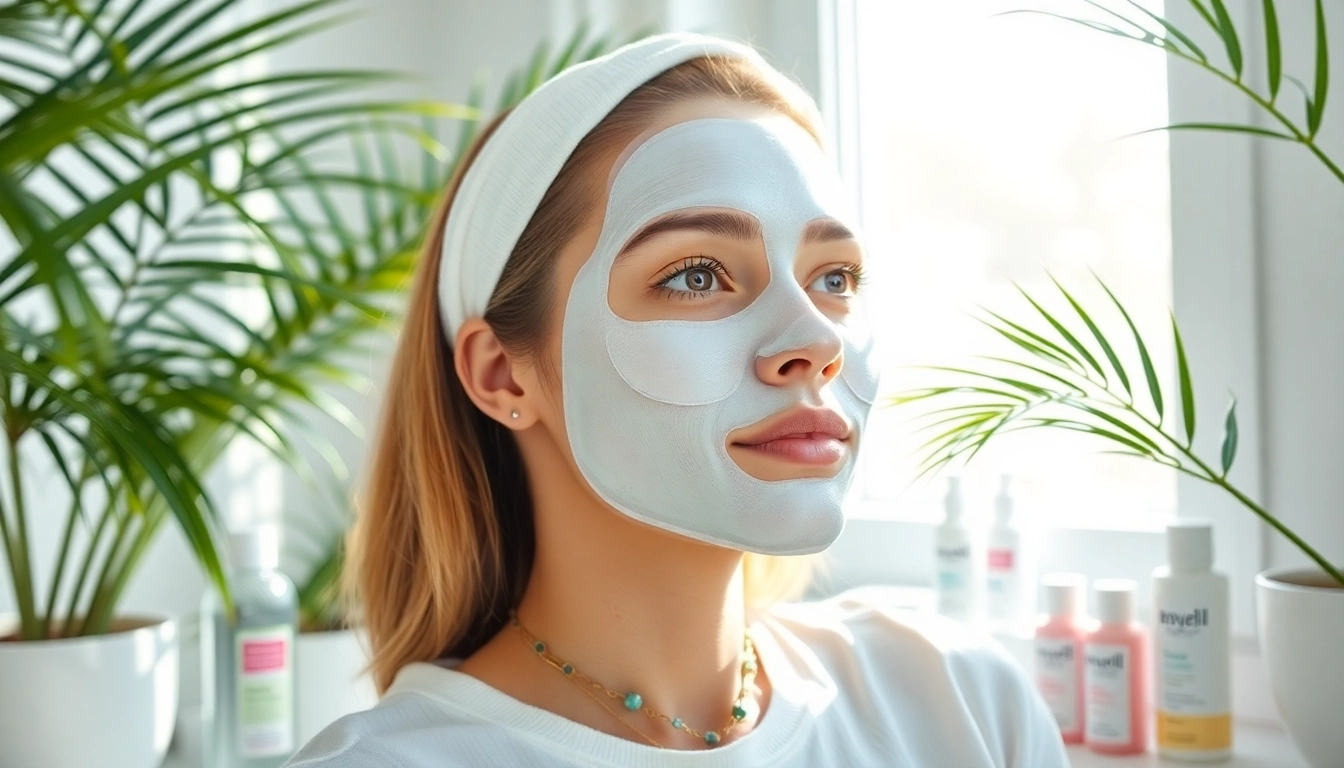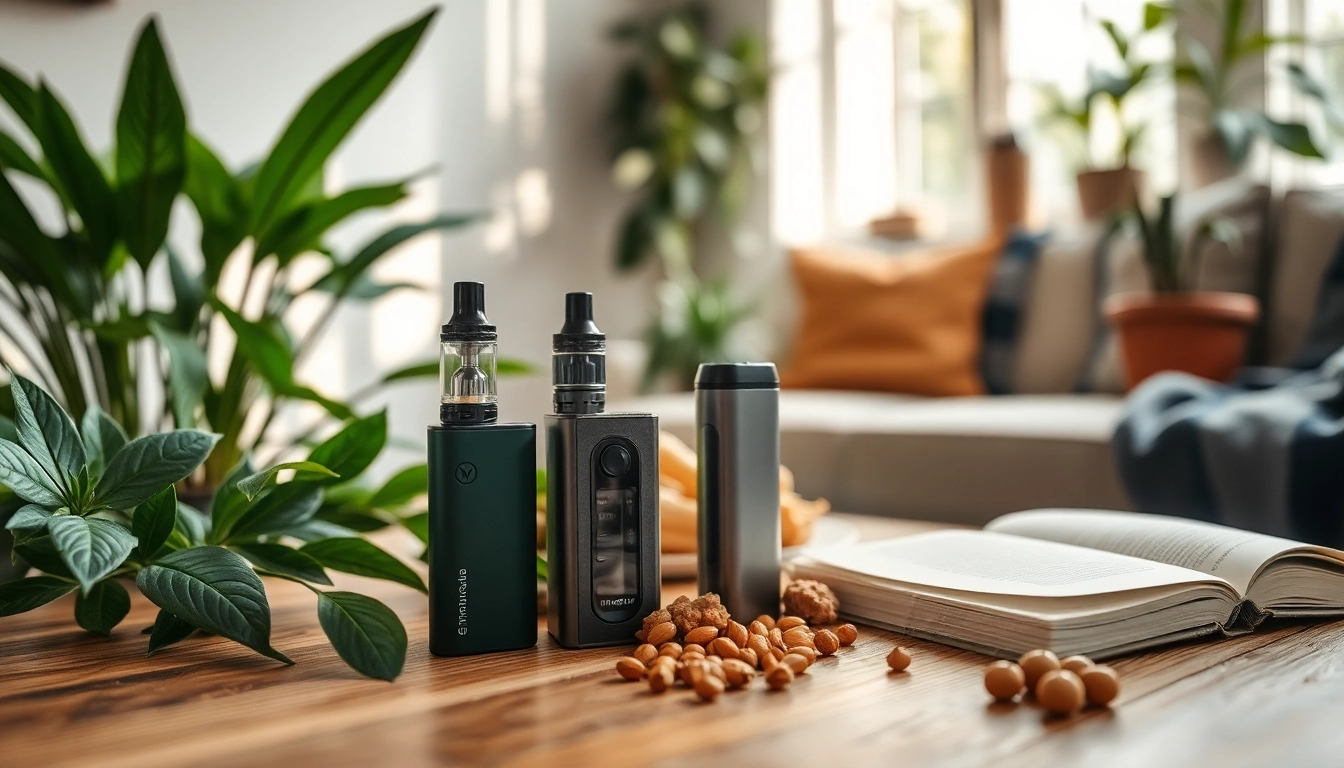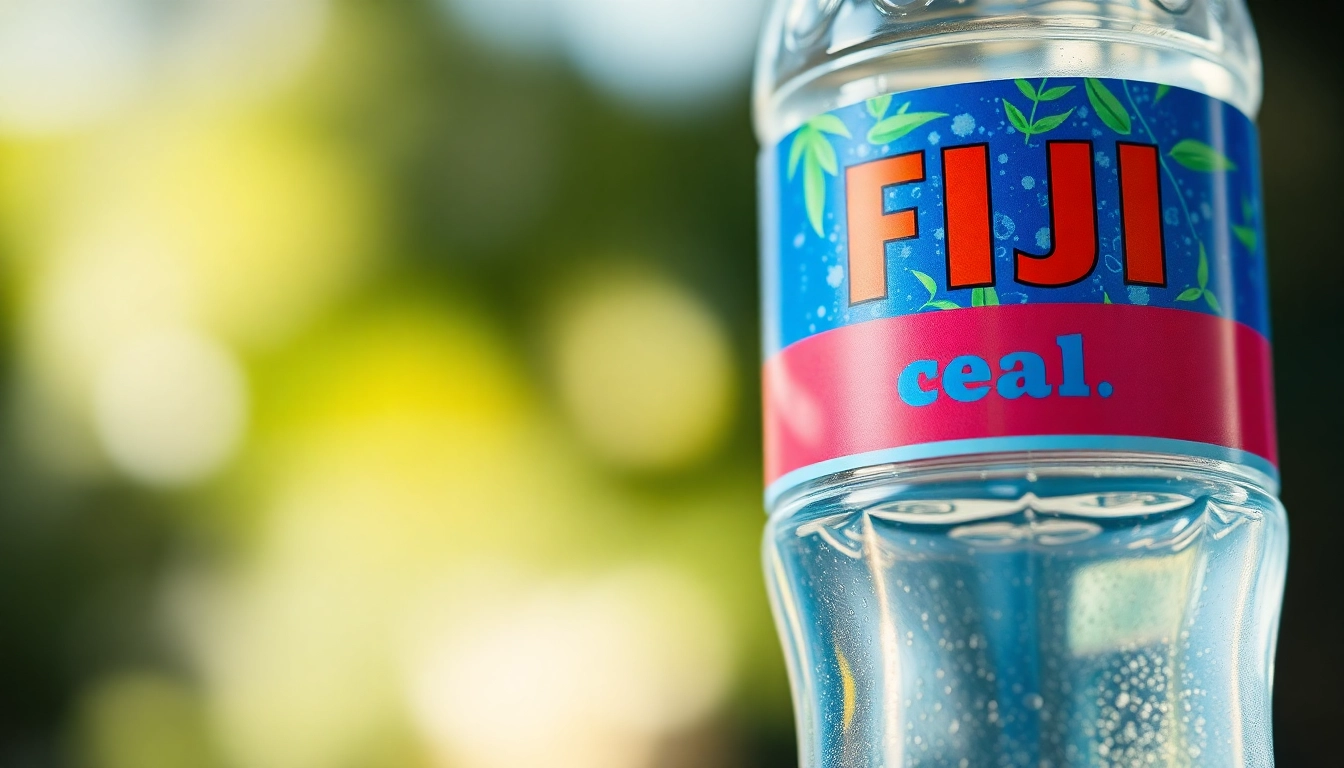Understanding Sheet Masks: What They Are and How They Work
Defining Sheet Masks: Materials and Ingredients
Sheet masks are an innovative skincare treatment, designed to provide concentrated hydration and nourishment to the skin. Typically made from materials like cotton, hydrogel, or cellulose, these flat masks are soaked in a solution packed with potent ingredients. The core idea is to create a barrier over the face that locks in moisture and enhances the absorption of active components. A typical sheet mask features a combination of hydrating ingredients, antioxidants, and skin-soothing agents, such as hyaluronic acid, vitamin C, and botanical extracts.
How Sheet Masks Benefit Your Skin
The primary advantage of using a sheet mask lies in its ability to deliver intense moisture and nutrients. These masks can help with a myriad of skin concerns, including dryness, pigmentation, aging, and dullness. By utilizing a sheet mask, you facilitate a direct infusion of these beneficial substances to the skin, promoting benefits such as enhanced hydration, improved skin texture, and illumination. Regular use can help to plump up the skin, reduce the appearance of fine lines, and promote a healthier, more radiant complexion.
When to Use Sheet Masks for Optimal Results
Timing is essential when using sheet masks. They can be particularly effective when applied after cleansing and exfoliating the skin, allowing for maximum absorption of nutrients. For best results, consider incorporating sheet masks into your weekly skincare routine, ideally a couple of times a week or as needed, especially before special occasions where you want your skin to glow. Additionally, using them at night can be particularly beneficial, as the skin undergoes repair and regeneration during sleep.
Choosing the Right Sheet Mask for Your Skin Type
Identifying Your Skin Needs and Concerns
Understanding your skin type is crucial when selecting a sheet mask. Oily skin may benefit from masks with charcoal or tea tree oil that help to absorb excess oil and prevent breakouts. Dry skin types will find relief in masks containing ingredients like glycerin and ceramides for hydration. Combination skin may require targeted masks that address both oily zones and dry patches. Those with sensitive skin should look for masks with calming ingredients such as aloe vera or chamomile to avoid irritation.
Popular Ingredients and Their Benefits
When examining sheet masks, it is beneficial to focus on the ingredients to ensure they meet your skin’s needs. Here are some popular components and their effects:
- Hyaluronic Acid: A powerhouse for hydration, it helps retain moisture within the skin.
- Vitamin C: Known for its brightening properties, it helps to even out skin tone and reduce discoloration.
- Aloe Vera: A soothing agent that calms irritation and hydrates the skin.
- Collagen: Often included for its anti-aging properties, helping to improve skin elasticity and firmness.
- Niacinamide: This powerhouse ingredient helps reduce redness, diminish enlarged pores, and improve skin texture.
Top Picks: Sheet Masks for Different Skin Types
Selecting the right sheet mask requires knowing your skin type and its specific needs. Here are recommendations based on different skin types:
- For Oily/Acne-Prone Skin: Look for masks that contain salicylic acid and tea tree oil to help control oil and prevent breakouts.
- For Dry Skin: Hydrating masks with ingredients such as hyaluronic acid and glycerin are ideal for providing moisture.
- For Combination Skin: A balancing mask with both hydrating and oil-controlling properties will be most effective.
- For Sensitive Skin: Choose hypoallergenic masks with soothing ingredients like chamomile and green tea.
- For Aging Skin: Look for masks enriched with peptides and collagen to help promote elasticity and reduce fine lines.
Applying Sheet Masks: Best Practices for Application
Preparation: Prepping Your Skin for Maximum Absorption
To ensure the utmost efficiency of a sheet mask, it’s essential to prepare your skin correctly. Start with a thorough cleanse to remove dirt and makeup, followed by exfoliation to slough off dead skin cells. This process helps to enhance absorption, allowing the active ingredients in the sheet mask to penetrate deeper into the skin. A quick boost with a toner can also help to balance your skin’s pH levels before application.
The Perfect Timing: How Long to Leave a Sheet Mask On
While it may be tempting to leave a sheet mask on longer for extra benefits, it is crucial to follow the instructions provided, typically ranging from 15 to 30 minutes. Leaving it on too long can lead to the mask drying out and drawing moisture back out of the skin. Monitor the mask’s appearance; it should remain moist throughout the recommended duration.
Post-Mask Care: Follow-Up Treatments for Best Results
After removing the sheet mask, do not rinse your face. Instead, gently massage any remaining essence into your skin to promote absorption. Follow up with your usual skincare routine, applying your moisturizer and any targeted treatments or serums. This will lock in the benefits and hydration absorbed from the mask, allowing for optimal results.
Innovative Trends in Sheet Mask Technology
Biodegradable and Eco-Friendly Sheet Masks
The beauty industry is making strides toward sustainability, and sheet masks are no exception. Many brands are now creating biodegradable and eco-friendly sheet masks made from materials that decompose more easily than traditional options. These masks not only benefit the skin but also support environmental conservation, making them a more responsible choice for eco-conscious consumers.
Customization: Personalized Sheet Mask Experiences
Customization in skincare is on the rise, with brands offering personalized sheet masks that cater to individual skin needs. By analyzing a user’s skin type and concerns, companies can provide tailored masks with specific ingredient blends. This approach enhances efficacy, ensuring that consumers receive the precise benefits needed for their unique skin challenges.
Combining Sheet Masks with Modern Skincare Tools
There’s a growing trend of using technology to amplify the effects of sheet masks. Devices such as LED light therapy tools or facial rollers can be used alongside sheet masks to boost penetration of ingredients and promote circulation. This innovative combination of traditional and tech-enhanced methods is transforming the way we approach our skincare routines.
Sheet Masks: Myths vs. Facts
Clarifying Common Misconceptions About Sheet Masks
Despite their popularity, sheet masks are often surrounded by myths. Common misconceptions include the belief that sheet masks alone can replace a full skincare routine or that they should be used every day for best results. In reality, while sheet masks are a great addition, they work best when integrated with a holistic skincare approach, and overuse may lead to irritation or sensitivity.
The Science Behind Sheet Mask Efficacy
Research supports the efficacy of sheet masks, highlighting that their occlusive nature helps to prevent trans-epidermal water loss and creates an environment that promotes absorption of active ingredients. Studies indicate that regular use can indeed lead to measurable improvements in skin hydration and texture, emphasizing the validity of incorporating sheet masks into one’s regimen.
Real User Experiences: Testimonials and Reviews
Real-world testimonials from users often highlight the instant hydration and revitalization felt after using sheet masks. Many report noticeable differences in skin smoothness and radiance following their application. User experiences tend to reinforce the notion that targets for specific concerns, like acne or dryness, can yield significant results, provided the correct masks are chosen and used regularly.



